2. Szental JA, Webb A, Weeraratne C, Campbell A, Sivakumar H, Leong S. 2015; Postoperative pain after laparoscopic cholecystectomy is not reduced by intraoperative analgesia guided by analgesia nociception index (ANI®) monitoring: a randomized clinical trial. Br J Anaesth. 114:640–5. DOI:
10.1093/bja/aeu411. PMID:
25540069.

3. Bisgaard T, Klarskov B, Rosenberg J, Kehlet H. 2001; Factors determining convalescence after uncomplicated laparoscopic cholecystectomy. Arch Surg. 136:917–21. DOI:
10.1001/archsurg.136.8.917. PMID:
11485527.

4. Awolaran O, Gana T, Samuel N, Oaikhinan K. 2017; Readmissions after laparoscopic cholecystectomy in a UK District General Hospital. Surg Endosc. 31:3534–8. DOI:
10.1007/s00464-016-5380-1. PMID:
28008467.

5. Bisgaard T, Rosenberg J, Kehlet H. 2005; From acute to chronic pain after laparoscopic cholecystectomy: a prospective follow-up analysis. Scand J Gastroenterol. 40:1358–64. DOI:
10.1080/00365520510023675. PMID:
16334446.

7. Børglum J, Jensen K, Christensen AF, Hoegberg LC, Johansen SS, Lönnqvist PA, et al. 2012; Distribution patterns, dermatomal anesthesia, and ropivacaine serum concentrations after bilateral dual transversus abdominis plane block. Reg Anesth Pain Med. 37:294–301. DOI:
10.1097/AAP.0b013e31824c20a9. PMID:
22476239.

8. Tulgar S, Senturk O, Selvi O, Balaban O, Ahiskalioğlu A, Thomas DT, et al. 2019; Perichondral approach for blockage of thoracoabdominal nerves: anatomical basis and clinical experience in three cases. J Clin Anesth. 54:8–10. DOI:
10.1016/j.jclinane.2018.10.015. PMID:
30388604.

9. Tulgar S, Selvi O, Thomas DT, Deveci U, Özer Z. 2019; Modified thoracoabdominal nerves block through perichondrial approach (M-TAPA) provides effective analgesia in abdominal surgery and is a choice for opioid sparing anesthesia. J Clin Anesth. 55:109. DOI:
10.1016/j.jclinane.2019.01.003. PMID:
30639940.

11. Güngör H, Ciftci B, Alver S, Gölboyu BE, Ozdenkaya Y, Tulgar S. 2023; Modified thoracoabdominal nerve block through perichondrial approach (M-TAPA) vs local infiltration for pain management after laparoscopic cholecystectomy surgery: a randomized study. J Anesth. 37:254–60. DOI:
10.1007/s00540-022-03158-0. PMID:
36575362.

12. Yoon S, Song GY, Lee J, Lee HJ, Kong SH, Kim WH, et al. 2022; Ultrasound-guided bilateral subcostal transversus abdominis plane block in gastric cancer patients undergoing laparoscopic gastrectomy: a randomised-controlled double-blinded study. Surg Endosc. 36:1044–52. DOI:
10.1007/s00464-021-08370-9. PMID:
33638105.

13. Van Driest SL, Shah A, Marshall MD, Xu H, Smith AH, McGregor TL, et al. 2013; Opioid use after cardiac surgery in children with Down syndrome. Pediatr Crit Care Med. 14:862–8. DOI:
10.1097/PCC.0b013e31829f5d9d. PMID:
23962833. PMCID:
PMC3830692.

14. Martinez V, Guichard L, Fletcher D. 2015; Effect of combining tramadol and morphine in adult surgical patients: a systematic review and meta-analysis of randomized trials. Br J Anaesth. 114:384–95. DOI:
10.1093/bja/aeu414. PMID:
25516276.

15. Bahreini M, Safaie A, Mirfazaelian H, Jalili M. 2020; How much change in pain score does really matter to patients? Am J Emerg Med. 38:1641–6. DOI:
10.1016/j.ajem.2019.158489. PMID:
31744654.

16. Ma Y, Mazumdar M, Memtsoudis SG. 2012; Beyond repeated-measures analysis of variance: advanced statistical methods for the analysis of longitudinal data in anesthesia research. Reg Anesth Pain Med. 37:99–105. DOI:
10.1097/AAP.0b013e31823ebc74. PMID:
22189576. PMCID:
PMC3249227.
18. Wang Q, Huang L, Zeng W, Chen L, Zhao X. 2017; Assessment of port-specific pain after gynecological laparoscopy: a prospective cohort clinical trial. J Laparoendosc Adv Surg Tech A. 27:597–604. DOI:
10.1089/lap.2016.0340. PMID:
27935740.

19. Nip L, Tong KS, Borg CM. 2022; Three-port versus four-port technique for laparoscopic cholecystectomy: systematic review and meta-analysis. BJS Open. 6:zrac013. DOI:
10.1093/bjsopen/zrac013. PMID:
35357417. PMCID:
PMC8969828.

20. Chen Y, Shi K, Xia Y, Zhang X, Papadimos TJ, Xu X, et al. 2018; Sensory assessment and regression rate of bilateral oblique subcostal transversus abdominis plane block in volunteers. Reg Anesth Pain Med. 43:174–9. DOI:
10.1097/AAP.0000000000000715. PMID:
29278604.

21. Ohgoshi Y, Kawagoe I, Ando A, Ikegami M, Hanai S, Ichimura K. 2022; Novel external oblique muscle plane block for blockade of the lateral abdominal wall: a pilot study on volunteers. Can J Anaesth. 69:1203–10. DOI:
10.1007/s12630-022-02310-4. PMID:
35999334.

22. Oksar M, Koyuncu O, Turhanoglu S, Temiz M, Oran MC. 2016; Transversus abdominis plane block as a component of multimodal analgesia for laparoscopic cholecystectomy. J Clin Anesth. 34:72–8. DOI:
10.1016/j.jclinane.2016.03.033. PMID:
27687350.

23. Kim HS, Han Y, Kang JS, Lee DH, Kim JR, Kwon W, et al. 2018; Comparison of single-incision robotic cholecystectomy, single-incision laparoscopic cholecystectomy and 3-port laparoscopic cholecystectomy - postoperative pain, cosmetic outcome and surgeon's workload. J Minim Invasive Surg. 21:168–76. DOI:
10.7602/jmis.2018.21.4.168.

24. Oldman M, McCartney CJ, Leung A, Rawson R, Perlas A, Gadsden J, et al. 2004; A survey of orthopedic surgeons' attitudes and knowledge regarding regional anesthesia. Anesth Analg. 98:1486–90. DOI:
10.1213/01.ANE.0000113549.98873.B1. PMID:
15105236.

25. Boyd AM, Eastwood VC, Kalynych NM, McDonough JP. 2006; Clinician perceived barriers to the use of regional anaesthesia and analgesia. Acute Pain. 8:23–7. DOI:
10.1016/j.acpain.2006.01.002.

26. Ivanusic J, Konishi Y, Barrington MJ. 2018; A cadaveric study investigating the mechanism of action of erector spinae blockade. Reg Anesth Pain Med. 43:567–71. DOI:
10.1097/AAP.0000000000000789. PMID:
29746445.

27. Tamura T, Kitamura K, Yokota S, Ito S, Shibata Y, Nishiwaki K. 2018; Spread of quadratus lumborum block to the paravertebral space via intramuscular injection: a volunteer study. Reg Anesth Pain Med. 43:372–7. DOI:
10.1097/AAP.0000000000000735. PMID:
29389680.
28. Koo CH, Hwang JY, Shin HJ, Ryu JH. 2020; The effects of erector spinae plane block in terms of postoperative analgesia in patients undergoing laparoscopic cholecystectomy: a meta-analysis of randomized controlled trials. J Clin Med. 9:2928. DOI:
10.3390/jcm9092928. PMID:
32927867. PMCID:
PMC7564953. PMID:
7616c278ebe8436a80962bfe61167126.

29. Liheng L, Siyuan C, Zhen C, Changxue W. 2022; Erector spinae plane block versus transversus abdominis plane block for postoperative analgesia in abdominal surgery: a systematic review and meta-analysis. J Invest Surg. 35:1711–22. DOI:
10.1080/08941939.2022.2098426. PMID:
35848431.

31. Altıparmak B, Toker MK, Uysal Aİ, Turan M, Demirbilek SG. 2019; Reply to Tulgar et al.: perichondral approach for blockage of thoracoabdominal nerves: Anatomical basis and clinical experience in three cases. J Clin Anesth. 54:150–1. DOI:
10.1016/j.jclinane.2018.12.005. PMID:
30553219.

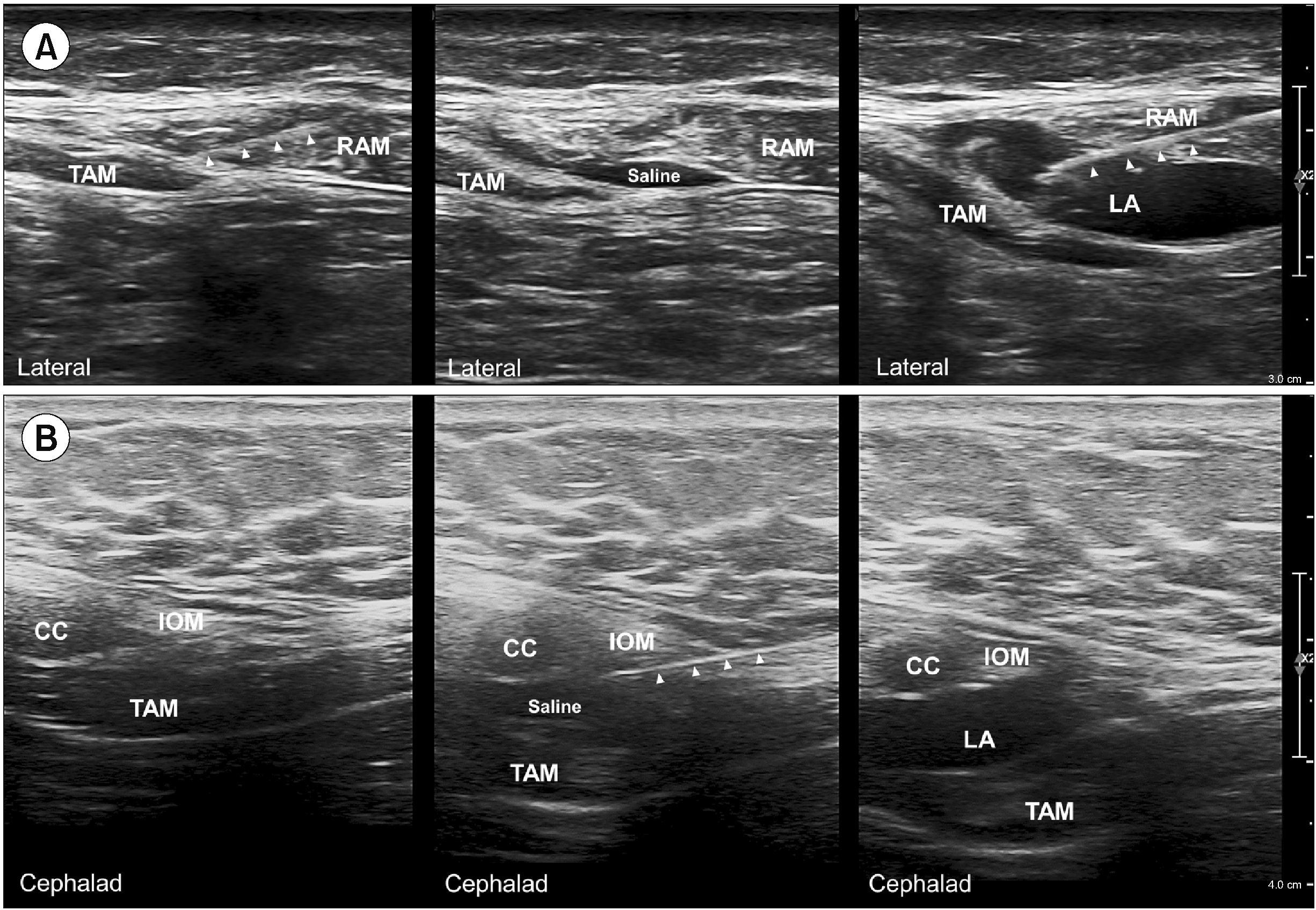
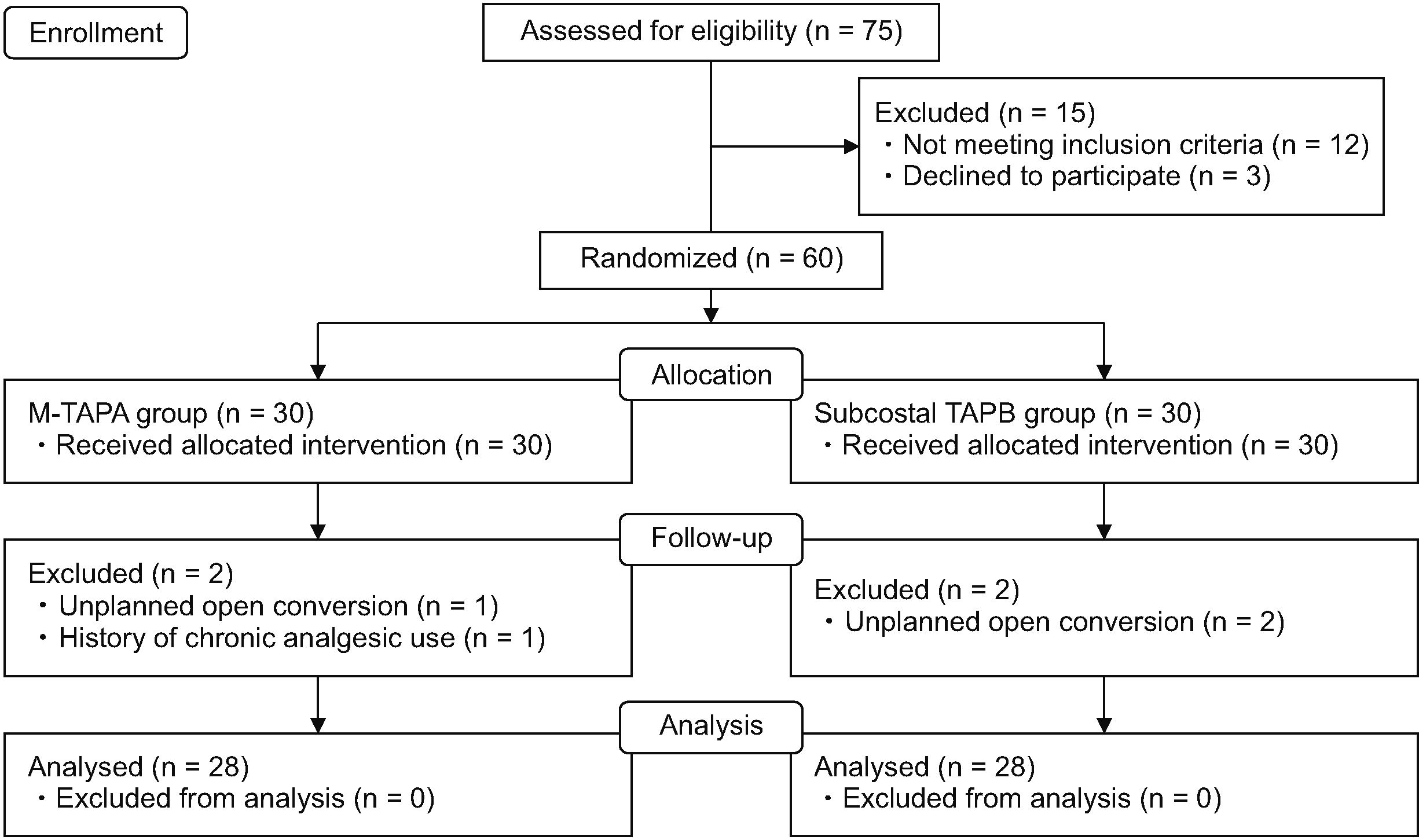
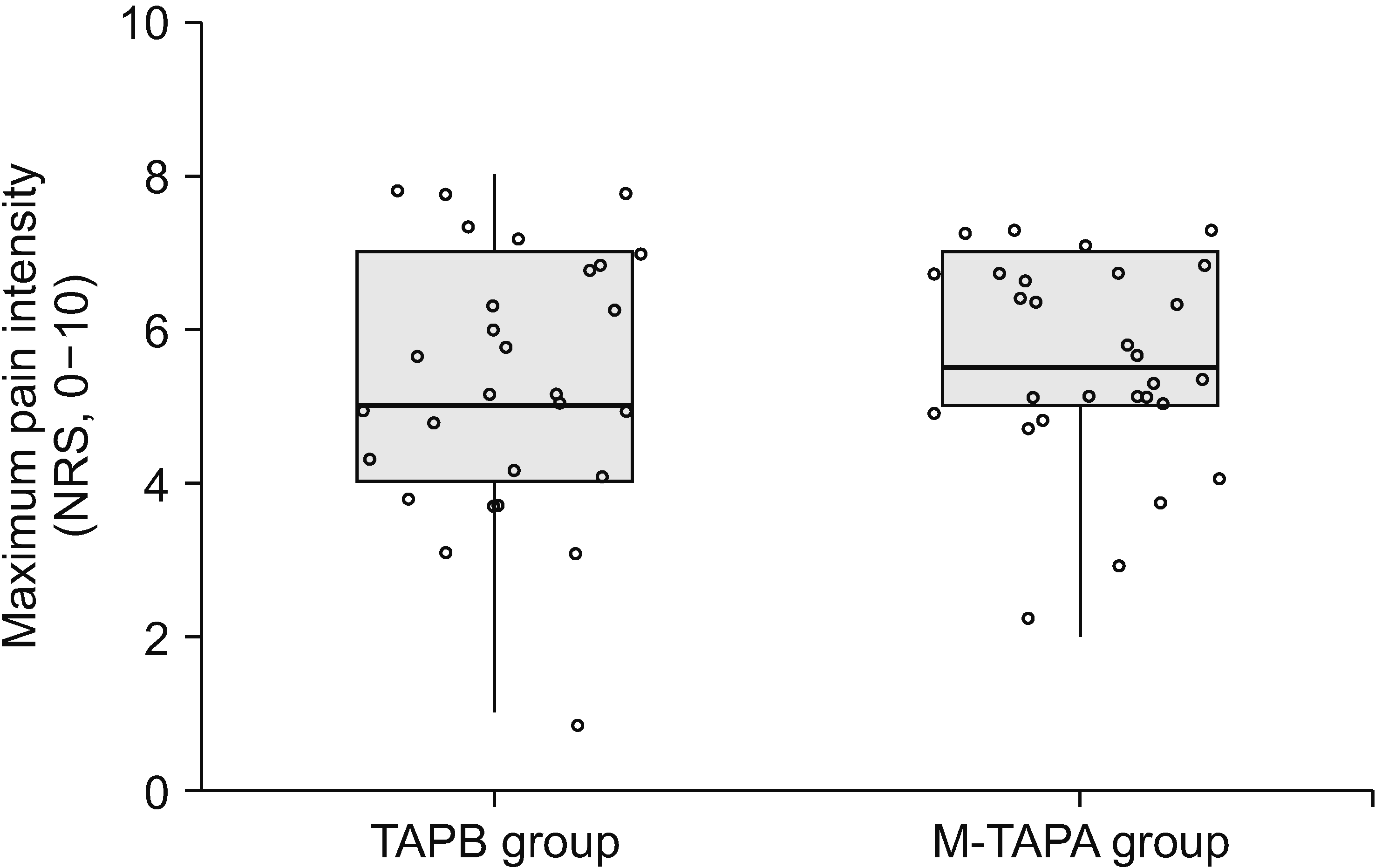
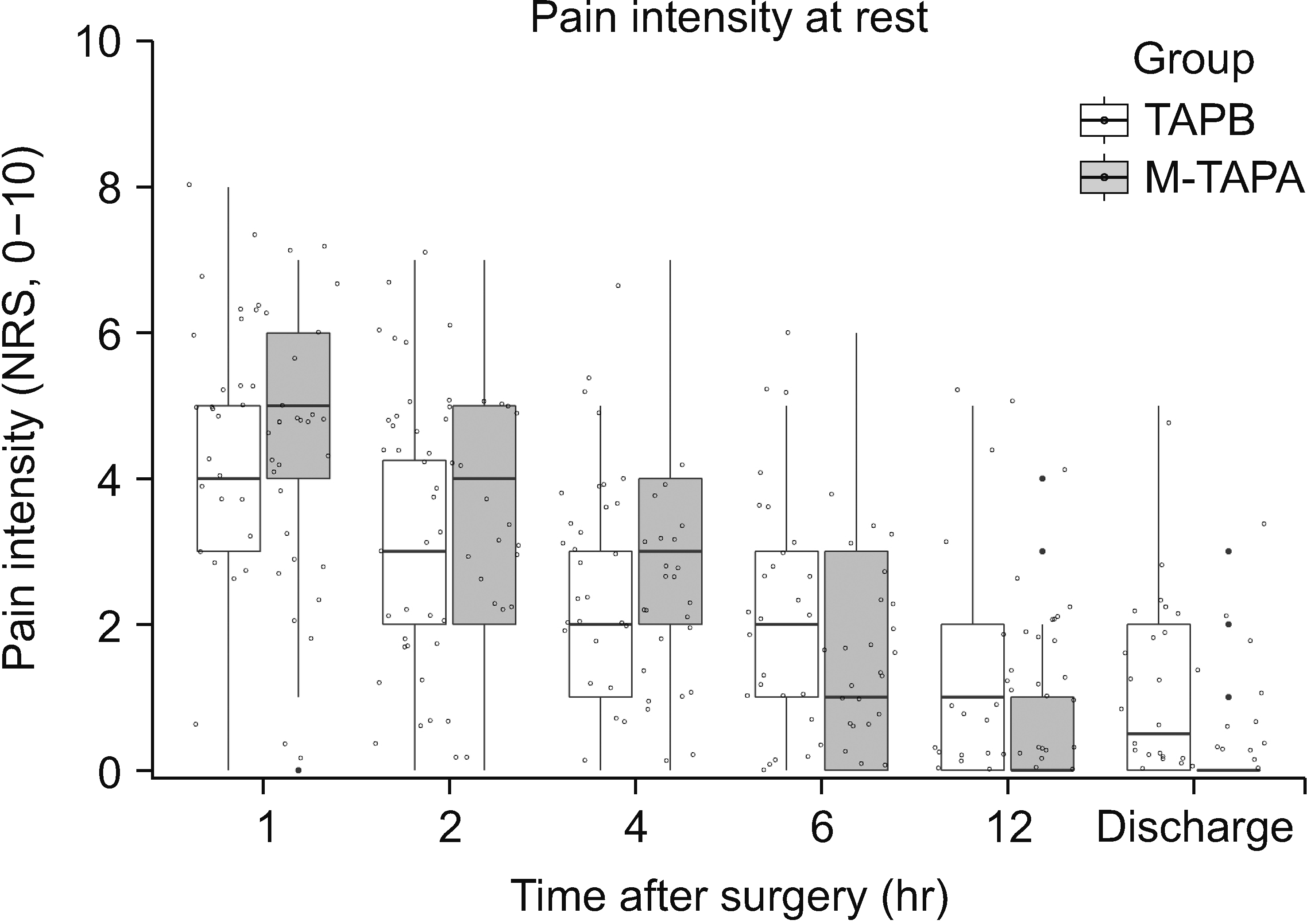
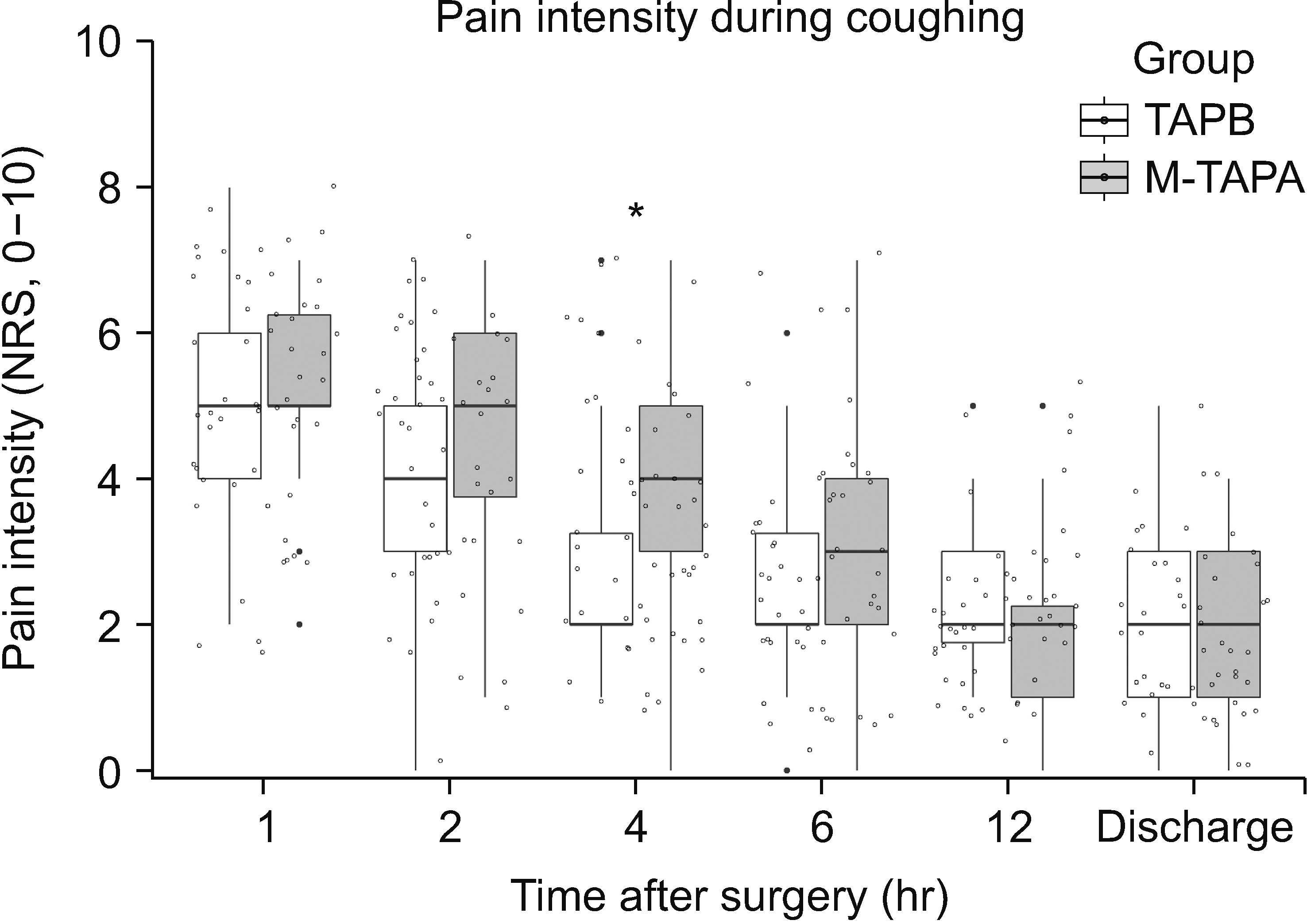
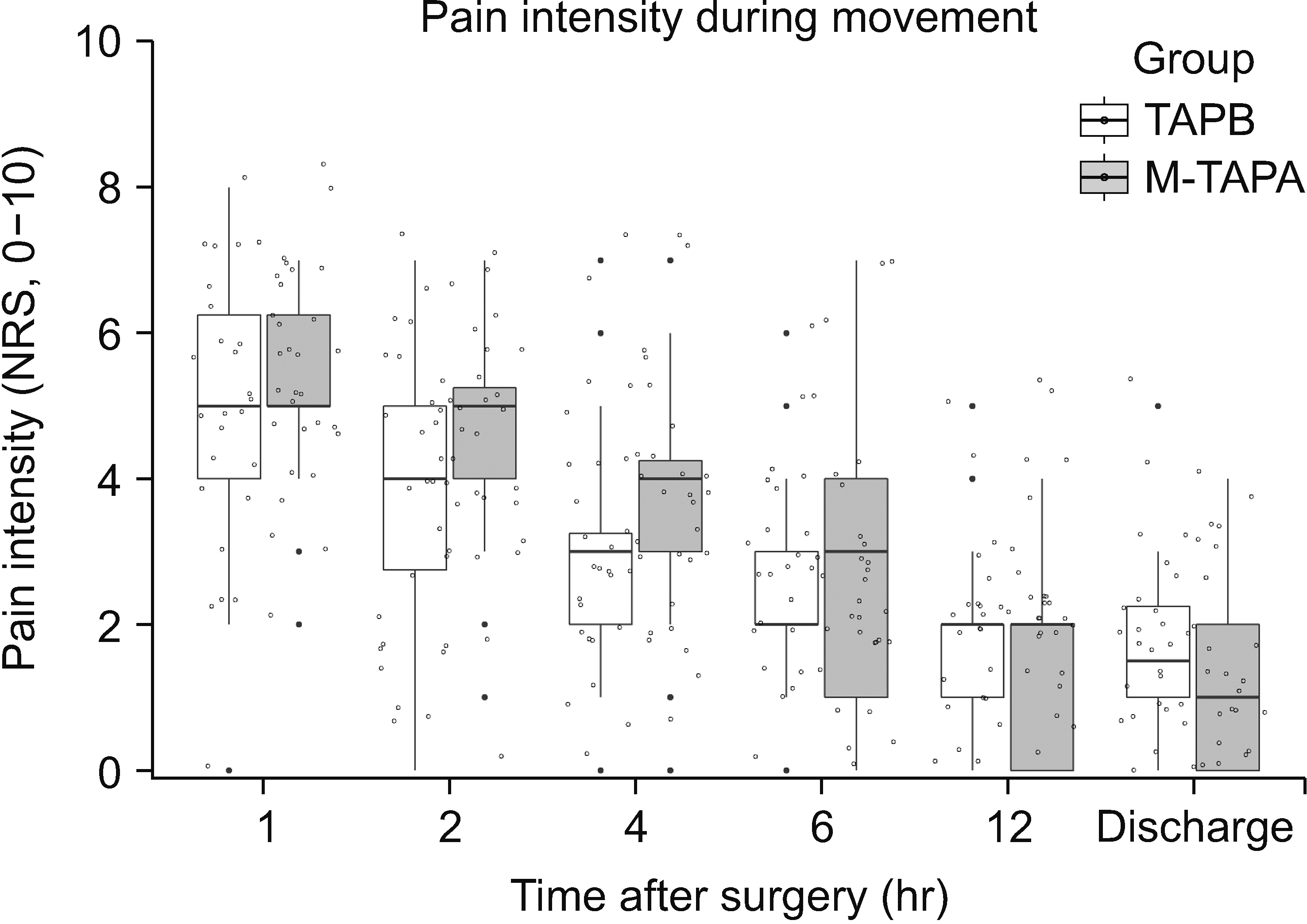




 PDF
PDF Citation
Citation Print
Print



 XML Download
XML Download